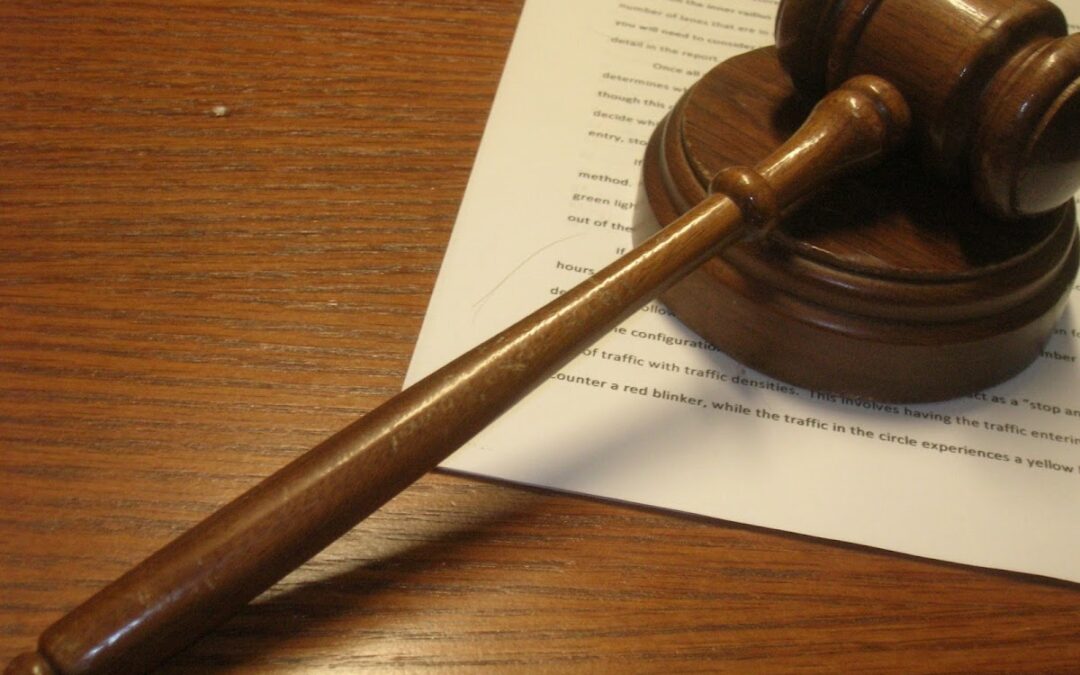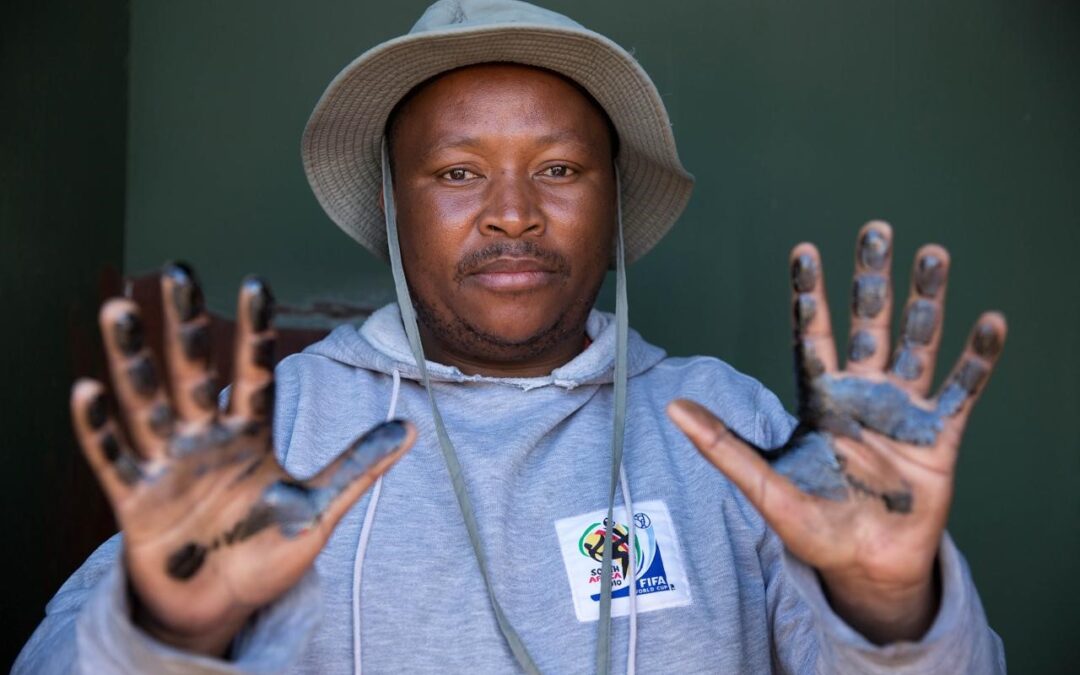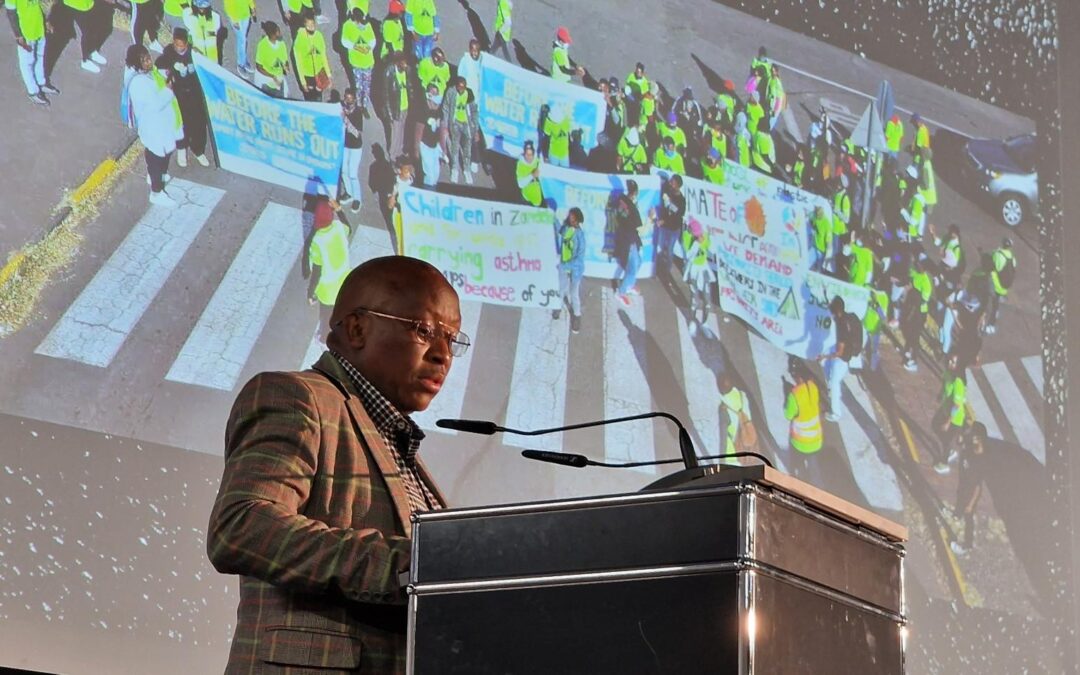
Gas is falsely marketed as a clean energy source, but increased gas extraction will contribute to significant increases in greenhouse gas emissions and acceleration of climate change while polluting air and water and taking us deeper into poverty.
Avena Jacklin
In TEPSA (Total), and Rhino Oil and Gas Exploration SA’s recent applications for prospecting rights, gas reserves are being touted as the potential new energy source to provide ‘clean’, ‘reliable’ and ‘cheap’ electricity while mitigating greenhouse gas emissions relative to the coal sector. The Department of Mineral Resource and Energy’s Emergency Power Procurement Plan is inviting an additional 2000MW mainly from gas to power projects such as Karpowerships and Richard’s Bay Gas-to-Power referring to gas as being clean and transitionary to renewables. This false marketing and promotion of gas by corporates and energy ministries is inviting an array of deadly risk to countries of the South who will ultimately pay the price of contamination from extraction, depletion of precious water systems and loss of biodiversity while bearing the brunt of climate change impacts due to the increase in greenhouse gas emissions. These impacts will be borne by the most vulnerable in our society. Gas extraction, processing and distribution is by no means clean, cheap or reliable.
Natural gas is a non-renewable fossil fuel or upstream petroleum source formed from the remains of marine life that died over 300 million years ago. It is a hazardous and highly flammable substance that is largely composed of methane and other gases such as propane and butane. Human health impacts of these gases include asphyxiation, loss of consciousness, lack of co-ordination, fatigue, memory problems and even death by suffocation.
Methane is a powerful greenhouse gas. According to the Climate and Clean Air Coalition, methane’s global warming potential is 84 times that of carbon dioxide (CO2) over a 20-year timeframe, responsible for at least 25% of global heating. The United Nations Environment Program (UNEP) indicate that methane has a big impact on climate change which means that targeting it is an important tool in fighting a warming planet. Methane leaks contribute to 65% of total oil and gas related methane emissions and occur at various stages in the supply chain from extraction, processing and distribution. Surges in methane emissions have been linked with increased fracking activity in the US as a result of false claims of it being a ‘cleaner’ fuel than coal for use as a ‘bridging’ or ‘transitionary’ fuel.
Accidents in the oil and gas sector can release large amounts of methane in short periods of time, and accidents are often underreported. An Ohio gas well blowout in 2018 claimed uncertainty of the size of the leak which was exposed a year later from the analysis of satellite data. The Tropospheric Monitoring instrument (TROPOMI) revealed a methane emission rate of approximately 120 metric tons per hour, equal to the methane emissions of several European countries over an entire year. Studies indicate that oil and gas companies have had a far worse climate impact with methane emissions underestimated by up to 40%. US oil and gas plants were 60% higher than reported to the Environmental Protection Agency (EPA). This is because current inventory methods do not include emissions that occur during abnormal operating conditions, during releases and accidents.

Source: CER in association with WWF, 2017
Inland fracking proposals are within the country’s Strategic Water Source Areas (SWSA). These are our water ‘factories’ that comprise large groundwater reserves with grasslands, healthy soil profiles and wetlands that help filter water entering our water systems, likened to the lifeblood of our biodiversity, communities and livelihoods. The extraction of gas through fracking uses vast quantities of water and toxic compounds to create frack fluid. Heavy metals and radioactive materials are released from the crushed shale into surface and groundwater. Underground water supplies become contaminated through the migration of gas and frack fluid. To understand the shear impact of fracking on a landscape, picture this: each square kilometer can contain 20 drill wells each consuming about 20 million liters of water every time a well is fractured. A well can be fractured multiple times with water being used for each round of fracturing.
The amount of exploration in the country does not equate to the gas allocation within the Integrated Resource Plan (IRP). A new provision has now been made for emergency power procurement of 2000MW in addition to the 3000MW allocation for gas in the IRP, bringing the total 5000MW. Exploration is currently done in an ad hoc fashion letting in everyone who wishes to prospect from Rhino with interests in gas exploration in the Free State, KwaZulu Natal and the Karoo, to offshore prospecting from Total, Sasol and ENI. This is done in the interest of short-term industrial gains but no mid- to long- term plan to sustain jobs or deal with liability of oil and gas infrastructure that will no longer be needed. Jobs in the oil and gas sector are in the form of temporary construction boom jobs and mainly specialized jobs for foreigners, with profits from investments leaving the country. Oil and gas is subject to booms and busts. According to the Carbon Tracker Initiative, a third of fossil fuel investments risk failure by 2030 and will result in stranded assets.
These impacts have mobilized groups such as SAFCEI, FrackFree SA, SCLC, VEJA, groundWork and JA! to resist oil and gas developments and prevent further impoverishment of communities from such developments. The bulk of the burden and liability of accidents and incidents will be borne not just by people living in the affected areas, but by entire nations. The recent oil spill in Mauritius has also highlighted critical risk factors associated with the oil and gas industry and necessitates the withdrawal from fossil fuels usage and the move to renewable energy. It seriously raises the question of liability and the cost to people, the environment and economy. Polluting companies are not held to account. By allowing an increase in oil and gas developments, governments are not protecting, but exposing, people and the planet to more risk all along the supply chain. To add to our burden, the increase in GHGs greenhouse gases such as methane, increases the risk of global warming and climate change impacts that will affect our ecosystems and our ability to survive.
Avena Jacklin is a Climate and Energy campaigner at groundWork, Friends of the Earth SA
This article appeared in The Mercury and Pretoria News. This opinion piece is available as a standalone item here.



